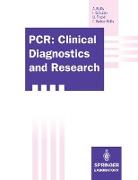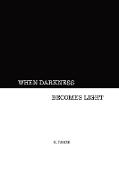- Start
- PCR: Clinical Diagnostics and Research
PCR: Clinical Diagnostics and Research
Angebote / Angebote:
In 1985, Kary Mullis was driving late at night through the flowering buckeye to the ancient California redwood forest, cogitating upon new ways to sequence DNA. Instead he came upon a way to double the number of specific DNA modules, and to repeat the process essentially indefinitely. 1 He thought of using two oligonucleotide sequences, oppositely oriented, and a DNA polymerase enzyme, to double the number of DNA targets. Each product would thene become the target for the next reaction, effectively yielding a product which doubled in quantity with each repeated cycle. Like the chain reaction leading to nuclear fission, with each cycle event each initial reactant (neutron or DNA molecule) yields two similar products, each of which can serve as the initial reactant. The invention of this exponentially increasing amplification system quickly became known as the polymerase chain reaction (PCR). The tremendous sensitivity of PCR ultimately resides in the necessity for each of two specific oligonucleotide annealing reactions to occur at the same time in the proper orientation. The DNA annealing reaction is a very specific reaction. Single genes have been detected by hybridization of a DNA probe to chromosome preparations together with sensitive fluorescence microscopy. This is the equivalent to detecting a gene present in a single copy per cell genome. It is the combination of two such specific annealing reactions which makes possible the amplification needed to detect a single molecule with a specific DNA sequence in over 100, 000 cell genomes.
Folgt in ca. 5 Arbeitstagen

